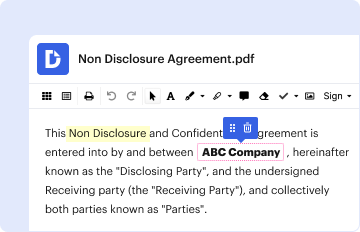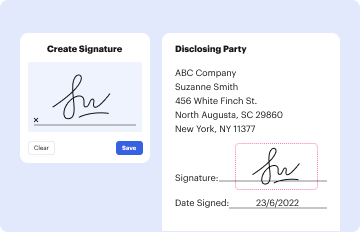Comprehensive Excavation Site Checklist Overview
The Excavation Site Checklist and Daily Field Report ET-2 serves as a crucial tool for ensuring safety and compliance during excavation operations. It is designed for use by a qualified individual overseeing excavation tasks and includes specific items that need to be checked and documented regularly. These components help to mitigate risks associated with excavation activities and ensure adherence to relevant regulations.
Key Inspection Items in the Checklist
The checklist incorporates various inspection items, which must be thoroughly reviewed to maintain safety standards. Important areas to inspect include:
-
Utility Marking: Verify that all underground utilities have been properly marked. This prevents accidental damage to utility lines, which could lead to accidents or operational delays.
-
Soil Classification: Assess and classify the soil type to understand its stability and suitability for excavation. Different soil types have specific characteristics that can affect excavation safety and techniques.
-
Protective Systems: Ensure that appropriate protective systems, such as trench boxes or shoring, are in place. These systems are critical for preventing cave-ins and protecting workers in excavated areas.
-
Employee Safety Measures: Review safety measures implemented for workers, including the use of personal protective equipment (PPE) and emergency procedures in case of incidents.
-
Site Conditions: Evaluate the overall conditions of the excavation site, including weather impacts, slope stability, and potential hazards that may arise during work operations.
Each of these inspection elements plays a pivotal role in fostering safe excavation practices.
Documentation Requirements
Accurate documentation is an essential component of the Excavation Site Checklist and Daily Field Report ET-2. The competent person is required to complete and sign the form to verify that all items have been examined and the site complies with safety standards. Key documentation practices include:
-
Daily Reports: Create daily reports detailing inspection findings, actions taken, and areas of concern. This helps in maintaining a historical record of site conditions and compliance.
-
Signature Verification: The checklist must be signed by the competent person overseeing the project, affirming that all necessary precautions were evaluated and safety measures adhered to.
-
Incident Reporting: In the event of any incidents or near-misses, thorough documentation is crucial. This should include a description of the event, responses undertaken, and recommendations for preventing future occurrences.
These documentation practices strengthen accountability and improve overall safety in excavation operations.
Utilizing the Excavation Checklist Template
The Excavation Site Checklist is frequently available in multiple formats to cater to various user preferences. This allows for efficient information capture and management:
-
Excavation Checklist PDF: This format is ideal for those who prefer a print-friendly version that can be filled out manually on-site.
-
Excavation Checklist Excel: An Excel template can facilitate data organization and analysis, making it easier to track and report inspection results statistically.
-
Excavation Checklist Word: A Word document format provides flexibility for customization and editing, allowing users to tailor the checklist to specific project needs.
Using these templates can streamline processes and enhance the completeness of inspections.
Legal and Regulatory Considerations
Compliance with legal standards and regulations is paramount in excavation activities. Several federal and state guidelines must be taken into account, including:
-
OSHA Regulations: The Occupational Safety and Health Administration (OSHA) outlines safety guidelines for excavation work, mandating that employers ensure a safe working environment and implement proper safety practices.
-
Local Regulations: It is essential to verify local regulations that may impose additional requirements based on state or municipal laws related to excavation activities.
-
Reporting Obligations: Failure to comply with legal requirements can result in penalties or fines. Therefore, maintaining thorough records and ensuring compliance with all regulations is necessary to mitigate risk.
Understanding these regulations is critical for all stakeholders involved in excavation projects.
Practical Examples of the Excavation Checklist in Use
Real-world scenarios provide insight into the effectiveness of the Excavation Site Checklist and Daily Field Report ET-2. Consider the following examples:
-
Construction Project: A construction crew uses the checklist daily to check conditions before beginning excavation work. The competent person identifies unstable soil conditions that require additional shoring, preventing potential cave-ins and ensuring worker safety.
-
Utility Repair: During a utility repair project, the excavation checklist helps ensure all underground utility lines are marked accurately. This practice prevents costly damage and minimizes service interruptions.
-
Routine Inspections: Regular use of the checklist during ongoing excavation for road expansion allows project managers to maintain compliance and swiftly address any emerging safety concerns.
These scenarios highlight the checklist's role in enabling effective risk management and enhancing overall excavation safety.



